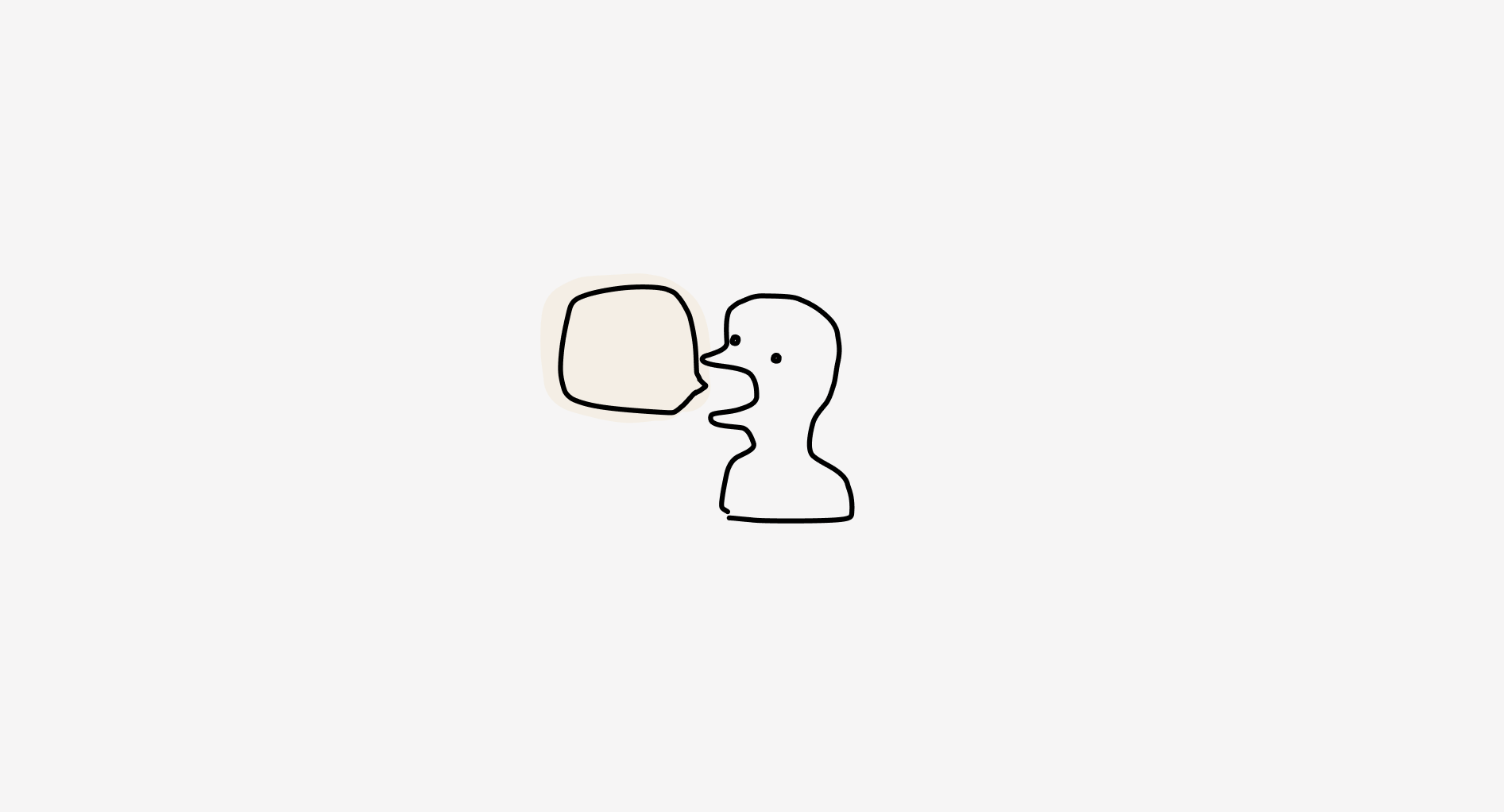Over-meeting is bad for design

Over-meeting days are pretty much shit for design productivity. What makes it particularly frustrating is that there isn’t automatically additional time given to complete the actual designs. This is why designers often end up having to resort to the simplest solution: they simply haven’t had enough time to properly process the problem and try an adequate number of solutions.
The Hidden Cost of Context Switching
Design isn’t like email. You can’t do it in 15-minute chunks between meetings. Every time you’re pulled out of design work, you lose:
- 20-30 minutes getting back into flow state
- Context about the problem you were solving
- Momentum on exploring creative solutions
- Energy from constant context switching
A day with four one-hour meetings isn’t four hours of meetings—it’s a day with no meaningful design work.
Why Design Needs Deep Work
Good design requires what Cal Newport calls “deep work”—cognitively demanding activities performed in a state of distraction-free concentration. Here’s what happens in uninterrupted design time:
0-20 minutes: Getting into the problem space, reviewing context
20-45 minutes: Initial explorations, obvious solutions
45-90 minutes: Breakthrough thinking, non-obvious connections
90+ minutes: Refinement, systematic exploration of variations
When you only have 30-minute blocks, you never get past the obvious.
The Meeting Industrial Complex
How did we get here? The proliferation of meetings often masks deeper organizational issues:
- Lack of clear ownership → More stakeholder check-ins
- Poor documentation → Verbal updates instead of written
- Risk aversion → Consensus-building theater
- Visibility anxiety → Performative collaboration
The irony: the more meetings we have about the design, the worse the design gets.
Protecting Design Time: Practical Strategies
For Designers
Block your calendar aggressively. Create recurring “Design Time” blocks of at least 3 hours. Treat them as unmovable as client meetings.
Batch similar meetings. Push all reviews to Tuesdays/Thursdays. Keep Monday/Wednesday/Friday clear for deep work.
Set office hours. “I’m available for quick questions 2-3pm daily. Otherwise, please Slack.”
Document proactively. A well-written Loom or design doc prevents three “catch-up” meetings.
For Design Managers
Implement “No Meeting Wednesdays”. Give the entire team one guaranteed day of focus.
Question every recurring meeting. Could this be an email? A Slack update? Nothing at all?
Protect your team fiercely. Your job is to be the shit umbrella, not the shit funnel.
Measure maker time. Track how many hours of uninterrupted time designers actually get. Make it a KPI.
For Organizations
Default to async. Most “urgent” meetings aren’t. Use tools like Loom, Figma comments, and written updates.
Shorter meetings by default. Change your calendar default from 60 to 45 minutes. Use the saved time for deep work.
Meeting budgets. Give teams a weekly “meeting hour budget.” Once it’s spent, no more meetings.
The Quality Equation
Here’s the uncomfortable truth:
Design Quality = (Talent × Time²) / Interruptions
Time is quadratic because design solutions build on each other. The fourth hour of uninterrupted work is exponentially more valuable than four separate hours.
Real Talk for Stakeholders
If you’re frustrated with design output, look at your designers’ calendars. I guarantee they’re frustrated too. Every meeting you add is a design solution that won’t be explored, a detail that won’t be refined, an innovation that won’t happen.
Want better design? Give designers time to design.
Key Takeaways
Design thinking isn’t linear—it needs uninterrupted time to develop beyond obvious solutions
Meeting fragmentation is a quality killer—four hours of meetings destroys eight hours of productivity
Protect maker time like a resource—because it is one, and it’s scarce
The best design happens in the spaces between meetings. Make sure those spaces exist.